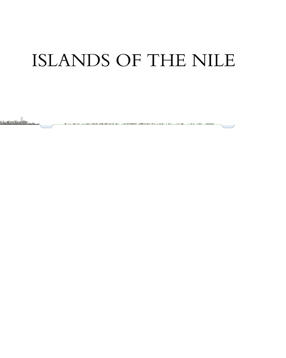Islands of the Nile

Students: Evelien van Winsen, Xin Miao Yong
Location: Cairo
Date: October, 2010
Type: Research project, student work
The Nile and its fertile valley is home to approximately 95% of the Egyptian population, is the reason for the foundation of Cairo at its specific location and hence can be called a truly urban space, or corridor. It’s relationship with the cities along its course and especially with Cairo, has not been an easy one. It’s frequently changing course, its regular floodings and the unstable terrain along its embankments have from the very beginning posed fundamental challenges to the urban development of the capital city.
Especially since the 19th century until today the river islands feature very prominently in the development, and in the visions of Cairo. Literally and physically removed from the otherwise continuous urban fabric the islands not only represent spaces for additional neighborhoods of the megacity, but also locations for potentially alternative modes of live, for an escape from the bustling city, but located within its very heart. On a certain level the river islands can be described as performing the role of ‘urban utopias.’ While Zamalek has developed into a bourgeois villa neighborhood with tree lined avenues and acted as an escape from the heat and dirt of the city center, other islands have remained until today as idyllic agricultural pockets, seemingly peaceful and fertile archipelagos surrounded by urban densities.
But this tranquility has come under intense pressure from real estate development, the Cairo 2050 plan and other urban actors intending, for example, to upgrade the relatively low building densities of Zamalek, or to transform the agricultural islands into prime sites for housing and office space. The drill will observe the ongoing and potential future transformation of the river islands of Cairo. What is their role within the urban fabric? Can their special character be preserved, or is this a romantic projection? How does the city approach the river? What spaces are developing along the Nile?
Download the Book PDF

